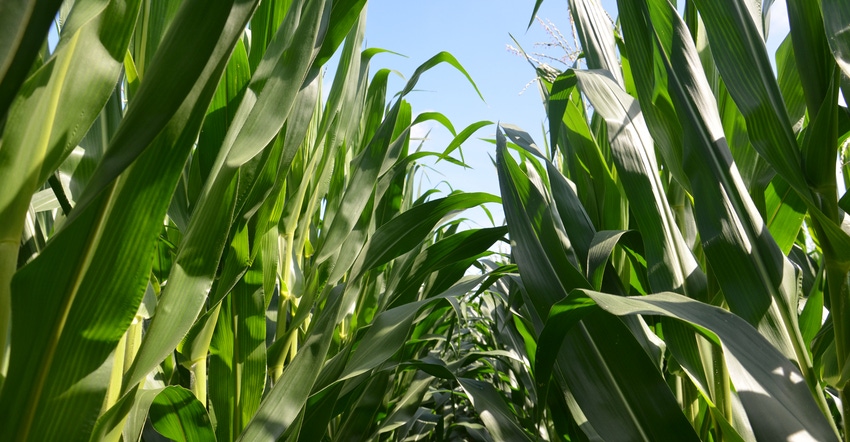October 23, 2018

I asked several corn growers and seed producers what they learned during the 2018 growing season. After more than 50 growing seasons in the Corn Belt, just when I think I have seen everything, Mother Nature teaches me a few new things. Some things observed are explained below. I am sure each of you can add something based on your own experiences.
Overall, we had a great corn crop this year. Crop scientists were projecting high yields even when corn was only knee-high. Even though they didn’t know what would happen during the summer months, they could see that plant stand establishment throughout most of the Corn Belt was excellent.
It turns out they were right, because you must have good stands to get good yields. We have great precision technology available in planters, with control over depth and down pressure helping establish good stands. However, you still must pull the trigger on the right time to plant and determine what the planting population should be for your soil types.
If you have a flex-eared, tall, full-season hybrid, it may be planted at lower populations as compared to a short, fixed-eared hybrid. Plant it at a higher density to maximize yield potential.
Planting seed into moisture is critical. Our studies in the past have shown that deeper-planted corn can emerge better than shallower-planted corn. Modern technology like SmartFirmer seed-firmer sensors can help you know what the soil temperature is and if you’re planting into moisture.
Fast start
We learned this year that fast growth in May doesn’t hurt corn — that’s an old wives’ tale. It didn’t affect rooting either!
One grower told me we shouldn’t complain when it rains too much. “If it rains, we get a crop,” he says. From May through September, he had received more than 37 inches of rain. When I visited with him in early October, he was expecting one of his best crops ever.
In a different part of Indiana, another grower told me he saw lots of anhydrous burn. He was going 6 to 8 inches deep with NH3, and might go deeper next year. Following guidelines for putting on anhydrous before planting is very important.
More lessons
We learned corn can almost fully recover from hail damage if plants have fewer than five leaves. Spraying some fungicide after hail damage might be helpful in protecting young plants, just like putting a Band-Aid on the open wounds to prevent entry of disease organisms.
The same farmer who saw anhydrous burn also saw 2 to 3 inches of tip dieback because it was hot and dry after pollination in 113- to- 114-day maturity hybrids. I had a hard time finding any ears with tip dieback in a field on the same farm with two hybrids ranging in maturity from 110 to 112 days.
One grower in Ohio believes global climate change is coming faster than people realize. He thinks that at the current rate of change, Indiana and Ohio will have “Tennessee weather” — hot and humid with more diseases.
We should select for more disease-resistant hybrids and plan on spraying foliar fungicides on every acre. High populations and high yields are two of the biggest causes of stress, although perfect stands and perfect weather will give high yields.
Nanda is president of Agronomic Crops Consultants LLC. Email him at [email protected] or call 317-910-9876.
About the Author(s)
You May Also Like






